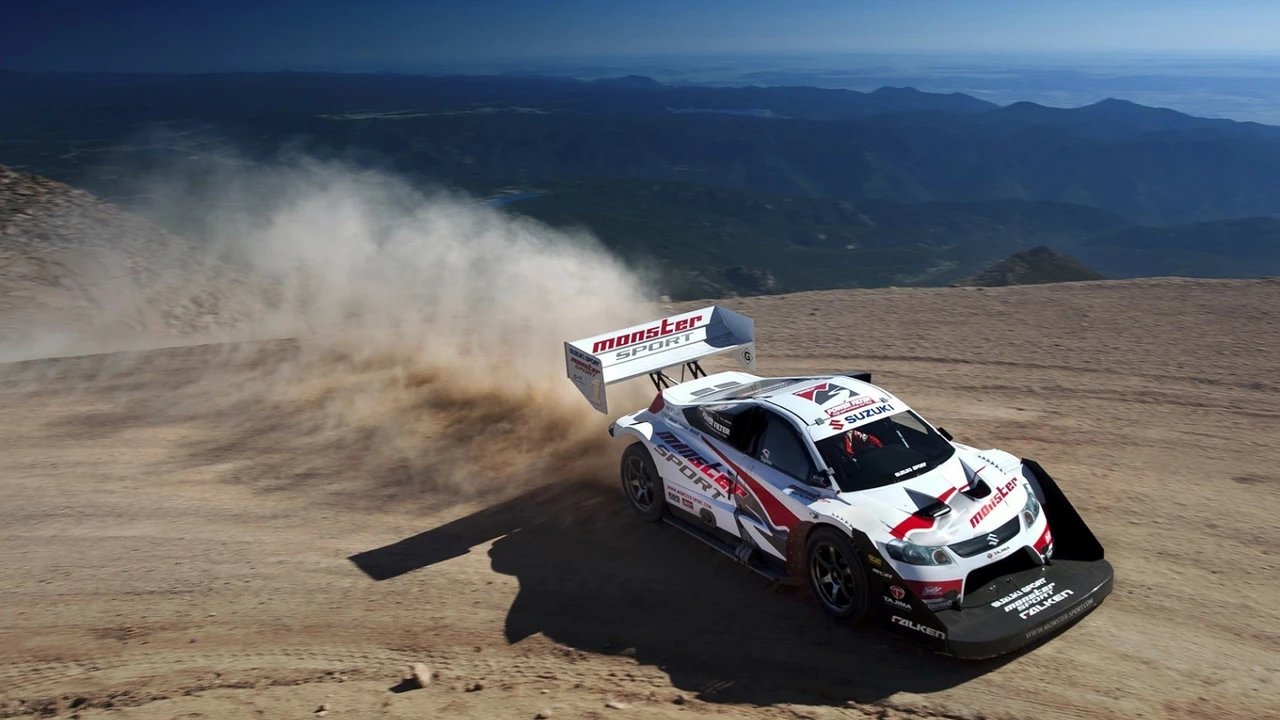Motorsport Safety Essentials: How to Keep Drivers and Fans Protected
Ever wondered why some races feel tighter and others feel wild? The secret often lies in safety. Whether you’re a weekend fan or an aspiring driver, understanding the basics of motorsport safety can make the difference between a thrilling experience and a costly mistake.
First off, safety isn’t just about helmets. It’s a whole system that starts with the driver, runs through the car, and ends with the track and the people watching. Let’s break it down so you can see how each piece fits together.
Essential Safety Gear for Drivers
A helmet is the headline act, but the supporting cast matters just as much. A full‑face composite helmet with a proper fit blocks debris and reduces neck strain. Pair it with a fire‑resistant suit—usually made from Nomex—that can survive intense flames for at least ten seconds. Gloves, shoes, and a HANS (Head and Neck Support) device complete the kit, keeping the driver’s head in line with the spine during sudden decelerations.
Think of it like a cyclist’s helmet, jacket, and lights—each item adds a layer of protection. Skipping any one of them isn’t just risky, it’s unnecessary. And remember, gear ages. Replace helmets after five years or any hard impact, and check suits for wear before every race.
Track and Event Safety Measures
The track itself is a silent safety partner. Modern circuits feature energy‑absorbing barriers, like SAFER (Steel and Foam Energy Reduction) walls, that soften crashes. Run‑off areas give drivers space to slow down without hitting concrete. Gravel traps, tire barriers, and TecPro blocks are all designed to bleed off speed gradually.Event officials also play a big role. Spotters monitor every corner, timing loops track car positions, and safety cars can neutralize a race when something goes wrong. Medical crews are stationed at strategic points, ready to extract a driver in seconds. If the crowd is part of the equation, barriers and proper seating distances keep spectators out of the danger zone.
Regulations from bodies like the FIA (Fédération Internationale de l'Automobile) keep everyone on the same page. They set minimum standards for car construction, crash testing, and even driver fitness. Drivers must pass a medical exam every year—think of it as a health check before stepping into a high‑speed cockpit.
Technology keeps pushing safety forward. Modern cars have data loggers that record impact forces, allowing engineers to improve chassis design. Simulators let drivers practice emergency scenarios without real‑world risk, sharpening reflexes and decision‑making.
So, what can you do as a fan? Stay in designated areas, respect barriers, and follow staff instructions. Your role might seem small, but a single careless move can turn an exciting race into a dangerous situation.
Bottom line: motorsport safety is a team effort. From the driver’s gear to the track’s layout, every element is designed to protect lives while preserving the thrill. Keep these basics in mind, and you’ll enjoy the sport knowing that safety is not an afterthought—it’s the foundation of every race.
Sports & Recreation

How dangerous is rally racing?
Rally racing is indeed an exhilarating sport, but it's also fraught with risk. The unpredictable nature of the terrain and high speeds can lead to serious, sometimes fatal, accidents. Participants are not only exposed to physical injuries but also mental stress. The danger level is heightened by weather conditions and the state of the rally cars. Despite rigorous safety measures, it's clear that rally racing is a high-risk sport that requires absolute skill and caution.